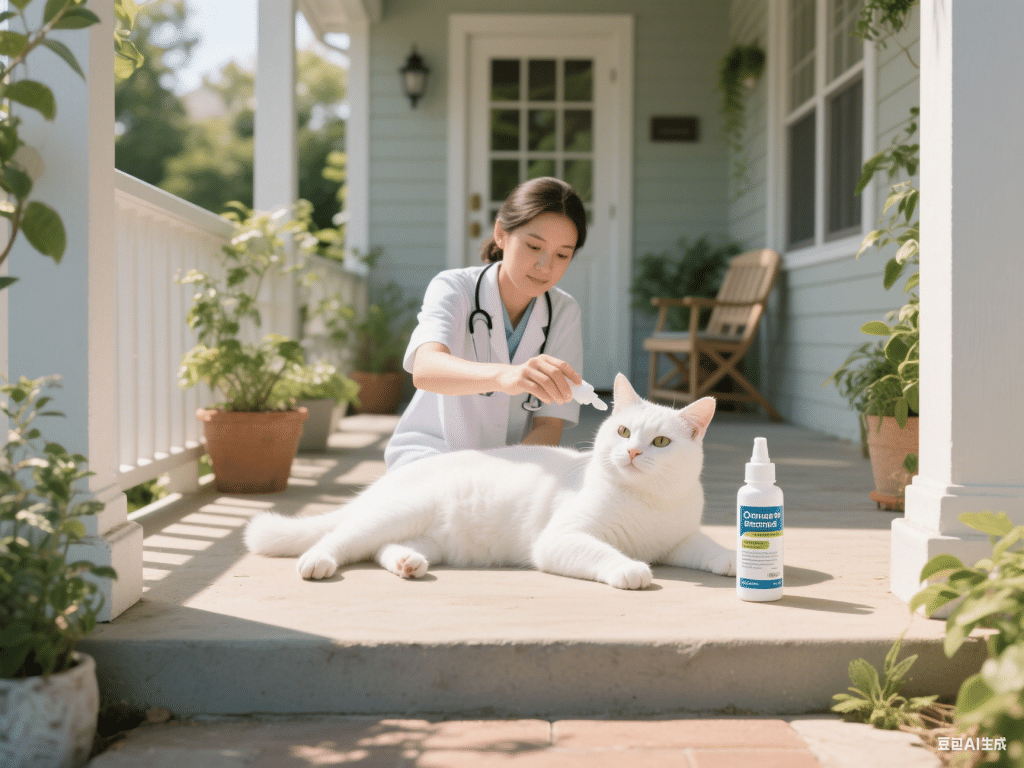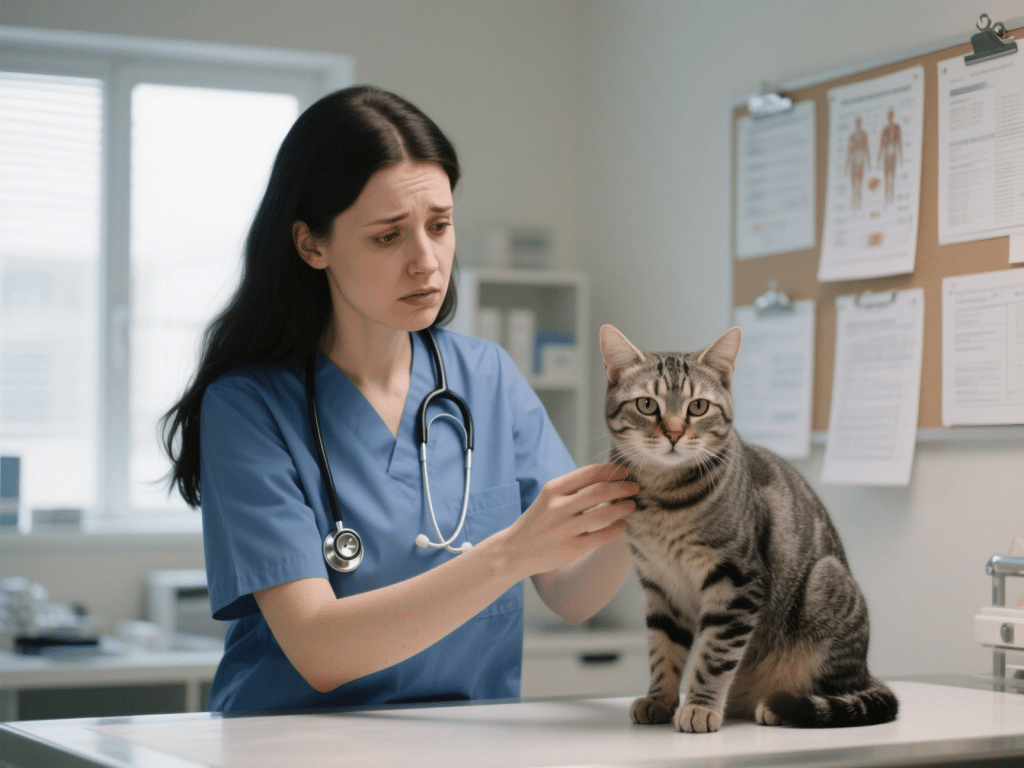Introduction
Summer brings warmer temperatures and increased flea activity, heightening the risk of tapeworm infections and other parasites in cats. A seasonal deworming strategy, aligned with flea prevention, is essential to protect felines during high-risk months. This guide outlines a summer-focused deworming plan to keep cats healthy year-round.
1. Understanding Flea-Transmitted Parasites
Tapeworm Lifecycle:
Flea larvae ingest tapeworm eggs in the environment; adult fleas harbor cysticercoids.
Cats ingest infected fleas while grooming, leading to tapeworm infection within 24 hours.
Other Summer Parasites:
Hookworms and roundworms can also be transmitted through contaminated soil or prey.
2. Pre-Summer Preparations (Late Spring)
Flea Prevention Initiation:
Start monthly spot-on flea and parasite control (e.g., selamectin or fipronil/ (s)-methoprene) in May.
Inspect and treat all household pets simultaneously to eliminate flea reservoirs.
Environmental Treatment:
Vacuum carpets, curtains, and pet bedding weekly.
Wash bedding in hot water and use IGR (insect growth regulator) sprays on indoor surfaces.
Baseline Deworming:
Perform a fecal exam in late spring to identify any residual parasite burdens.
Administer a broad-spectrum dewormer (fenbendazole or pyrantel/praziquantel) if positive.
3. Summer Deworming Schedule (June–August)
Monthly Spot-On Treatments:
Use products like Revolution® (selamectin) for combined flea, ear mite, and intestinal parasite control.
Reapply every 30 days even if the cat does not go outdoors.
Tapeworm-Specific Deworming:
In July (peak flea season), administer praziquantel (5–7.5 mg/kg orally) to address potential tapeworm exposure.
Follow up with a fecal exam 2–3 weeks later to confirm eradication.
Combination Topical Options:
Advantage Multi® (moxidectin/imidacloprid) offers comprehensive protection; apply monthly for intestinal parasite and flea control.
4. Post-Summer Maintenance (Early Fall)
Fecal Recheck:
Conduct a fecal float in September to detect any lingering summer parasites.
Adjust future deworming frequency if persistent infections are found.
Environmental Deep Clean:
Steam-clean carpets and upholstery to kill flea eggs and larvae.
Replace or thoroughly disinfect outdoor cat shelters and bedding.
5. Long-Term Year-Round Plan
Quarterly Deworming:
Outside peak summer, administer broad-spectrum dewormer (fenbendazole or pyrantel/praziquantel) every 3 months.
Monthly Flea Control:
Continue year-round for indoor-outdoor cats; reduces intermediate flea hosts.
Regular Vet Visits:
Biannual wellness checks with fecal exams to monitor parasite status.
Adjust strategy based on local flea prevalence and individual cat risk factors.
Conclusion
A summer-focused deworming strategy that combines monthly topical treatments, targeted tapeworm control, and rigorous environmental management effectively combats flea-transmitted parasites. Coupled with year-round preventive measures, this approach ensures cats remain healthy and parasite-free.










Comments on "Seasonal Deworming Strategy for Cats: Summer Flea Risks" :